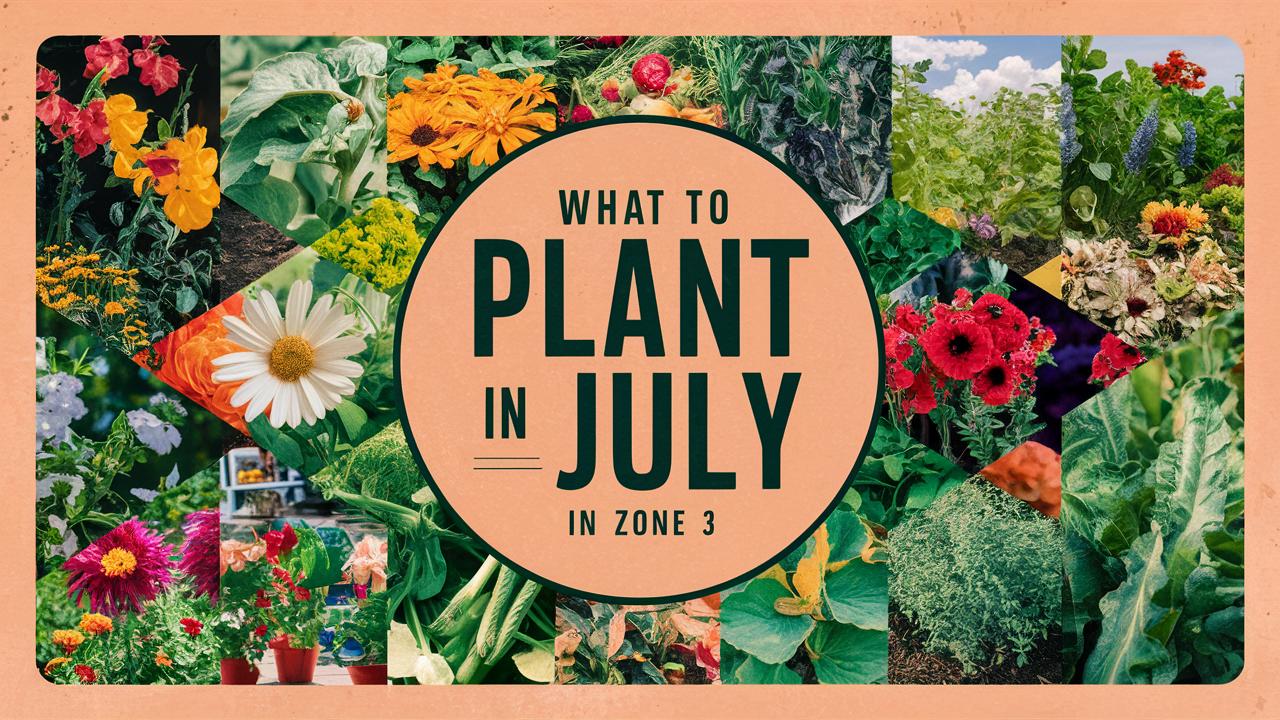In this guide, we will explore what you can successfully plant in July, including planting tips, temperature tolerances, and care requirements. If you’re in Zone 3, roll up your sleeves and prepare to make your garden flourish!
Vegetables To Plant
Planting vegetables in July in Zone 3 is entirely possible, particularly if you select varieties suited for quick growth and cooler conditions. Here are ten vegetables you can consider planting.
Carrots
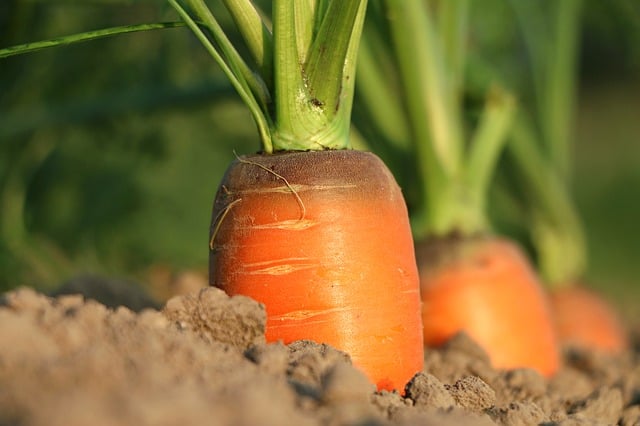
Carrots are a wonderful root vegetable that can be sown in July for a late summer and fall harvest. By planting them during this month, you’re ensuring that they’ll mature as the temperatures start to cool. Carrots can handle a bit of frost and typically germinate in 14-21 days when the soil temperature is around 50°F. Choose varieties like ‘Nantes’ or ‘Danvers’ for optimal growth in cooler climates.
Beets

Beets are another fabulous option for July planting. They mature in about 55-70 days, making them a good choice for a quick turnaround. Sow seeds directly into well-prepared soil at a depth of about half an inch. Beets tolerate light frost, but they prefer to be harvested before the first hard frost. The ‘Detroit Dark Red’ variety is widely suited for Zone 3 and develops a rich, sweet earthy flavor.
Radishes
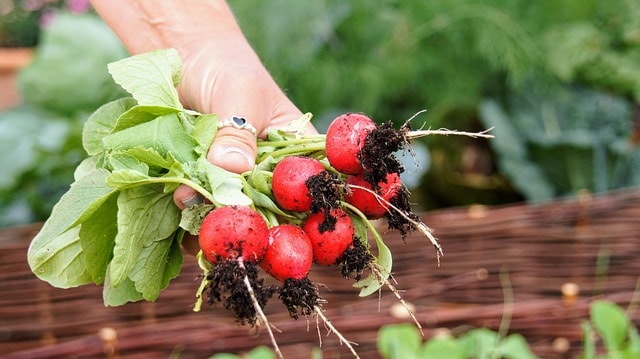
Radishes are among the fastest-growing vegetables, maturing in as little as three weeks. This quick growth makes them perfect for July planting. They thrive in full sun and can tolerate mild frosts. When you plant radishes, choose varieties such as ‘Cherry Belle’ or ‘French Breakfast’ for their crisp texture and rich flavor.
Spinach
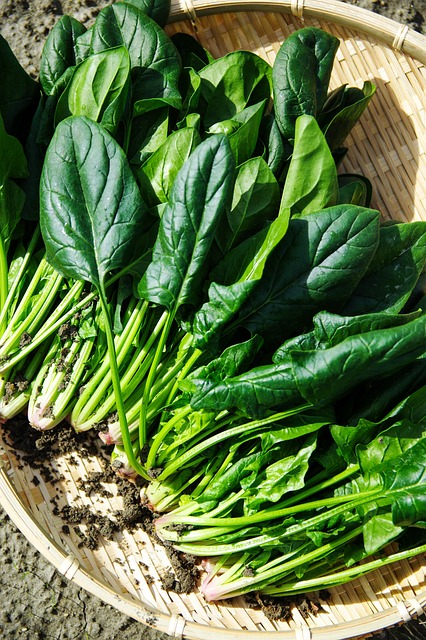
Spinach can be successfully planted in July for a fall harvest. Spinach prefers cooler temperatures and will bolt (go to seed) in the heat, so planting in July allows it to thrive as the weather cools down. It typically takes about 45-60 days to mature, and varieties like ‘Bloomsdale’ or ‘Tyee’ are well-suited for this climate.
Kale

Kale is a fantastic leafy green that loves the cool weather. You can plant it in July to enjoy a late summer and autumn harvest. It has a fast growth rate, averaging about 55-75 days to maturity. Its hardiness makes it capable of withstanding light frosts, which can even improve its flavor. Look for varieties like ‘Winterbor’ or ‘Lacinato’ for added cold tolerance.
Peas
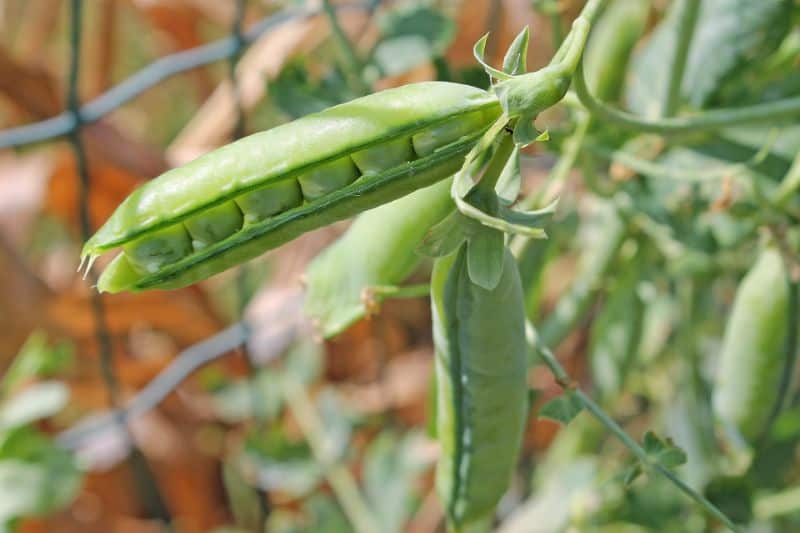
Although late for spring planting, July can still be a suitable time to plant snap and snow peas in Zone 3. They prefer cooler conditions and can germinate in soil temperatures as low as 50°F. Depending on the variety, peas typically take about 60 days to mature. Consider ‘Sugar Snap’ or ‘Snow Peas’ for a delicious late-summer harvest.
Turnips
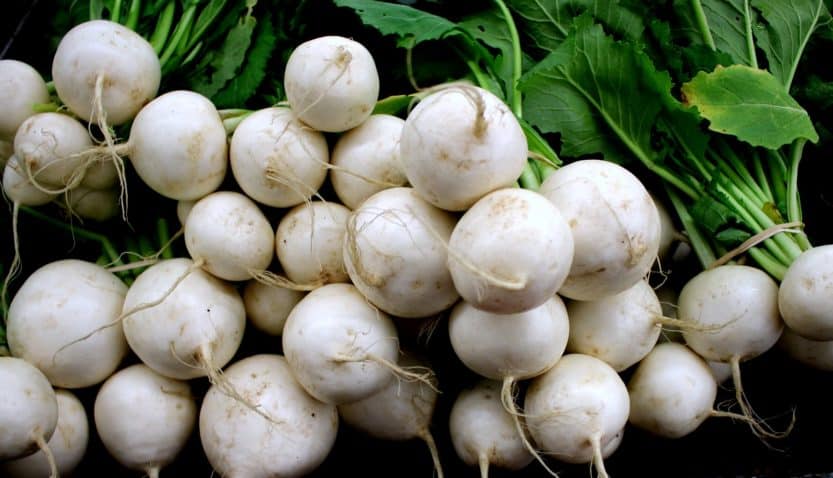
Turnips are an excellent crop for late summer planting. When sown in July, they grow quickly and can be harvested in about 30-60 days. These roots prefer cooler temperatures and are quite hardy. Varieties like ‘Hakurei’ or ‘Purple Top White Globe’ are ideal for Zone 3.
Swiss Chard
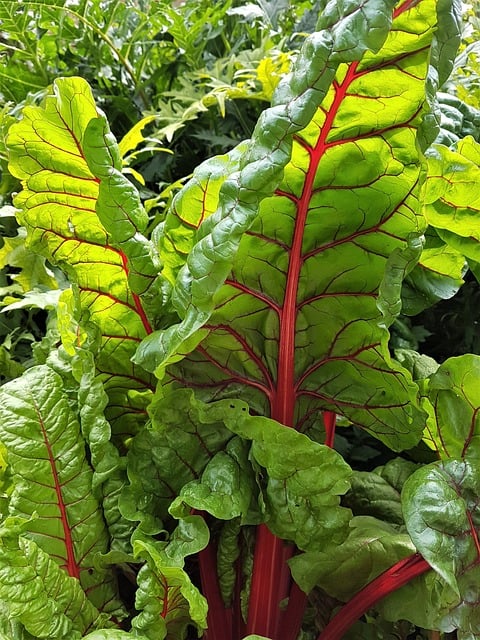
Swiss chard is a nutritious leafy green that can be sown in late July. This vegetable thrives in cooler temperatures and requires about 50-60 days to reach maturity. It can tolerate some frost, making it an excellent choice to plant in the summer months. Varieties like ‘Bright Lights’ offer a colorful harvest, while ‘Fordhook Giant’ provides substantial leafy greens.
Broccoli

If you are keen on growing broccoli, July is a good month to start your seedlings indoors, which can later be transplanted outside by late July. Broccoli thrives in cooler weather, taking approximately 70-100 days to mature. Varieties such as ‘Green Magic’ or ‘Packman’ are excellent choices for Zone 3 gardeners.
Cabbage

Cabbage is great for late summer and fall harvests. Planting in July allows you to take advantage of the cooler temperatures before the first hard frost. Varieties such as ‘Early Jersey Wakefield’ or ‘Savoy’ develop well under these conditions. They usually take about 70-90 days to mature and can withstand some frost.
Flowers To Plant
Adding seasonal flowers to your garden in July can enhance the aesthetic appeal and improve biodiversity. Here are ten flowers to consider planting.
Pansies
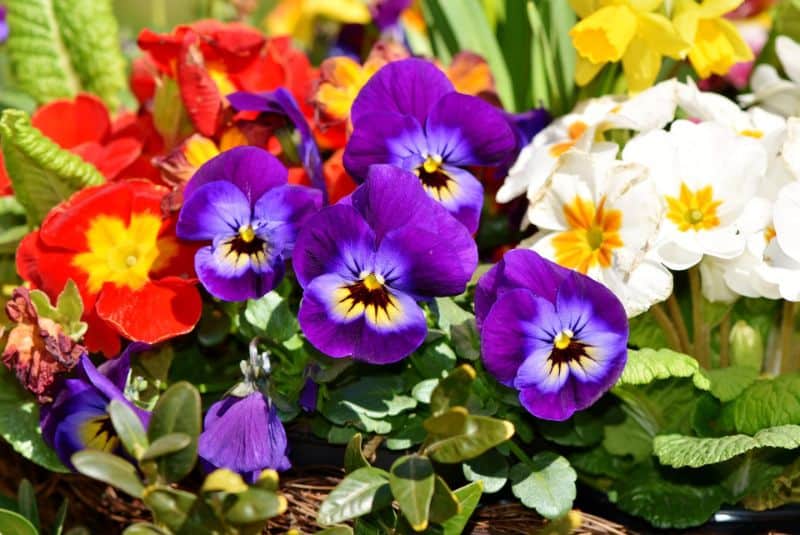
Pansies are wonderful cool-season flowers that thrive when planted in July. These hardy annuals can withstand light frosts, making them ideal for late summer planting. Offering a wide variety of colors, pansies generally bloom from fall to spring and prefer well-drained soil and partial to full sunlight.
Snapdragons
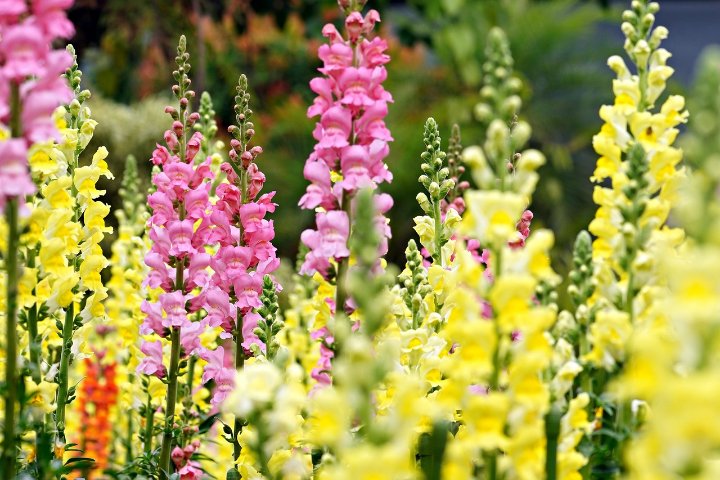
Snapdragons are one of the few flowers that can still be planted in July for an autumn bloom. These striking flowers prefer cooler weather and are available in various colors. Snapdragons can be direct-sown or transplanted from seedlings, taking approximately 70-100 days to flower.
Calendula
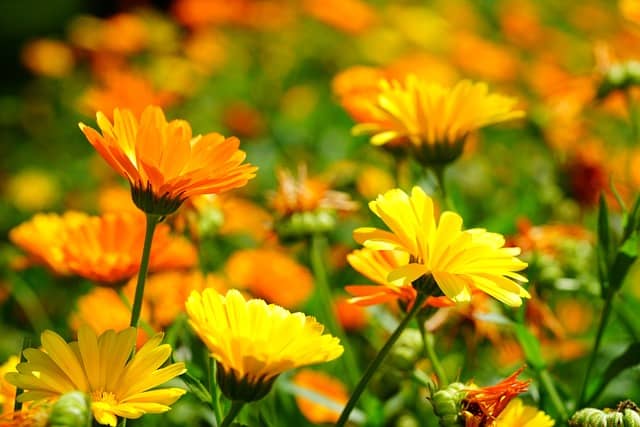
Calendula, often referred to as pot marigold, is a resilient flower that can be planted in July. It tolerates cooler temperatures well and is known for attracting beneficial insects. Calendula typically blooms within 60-90 days and can be direct-seeded into the soil.
Zinnias

Zinnias are delightful summer annuals that can still be planted in early July for vibrant late summer blooms. They thrive in full sun, require well-drained soil, and are relatively easy to grow. Varieties such as ‘State Fair’ or ‘Zahara’ grow quickly and can provide continuous color until frost.
Asters
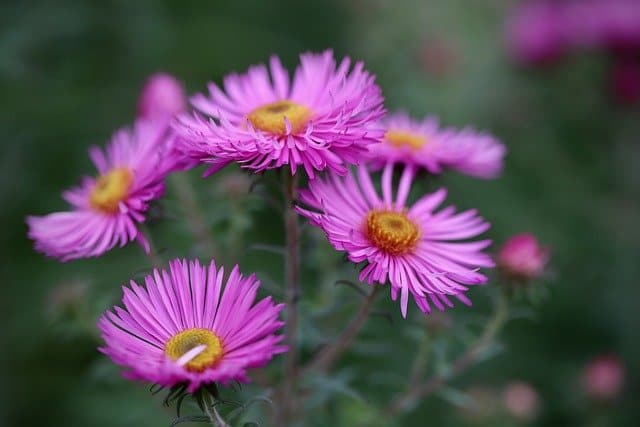
Asters are perennial flowers that can be planted in late July. They prefer cooler weather and will bloom in the fall, providing necessary nectar for late-season pollinators. Asters usually take about 90-120 days to mature. ‘New England Aster’ is particularly well-suited for Zone 3 gardens.
Cyclamen
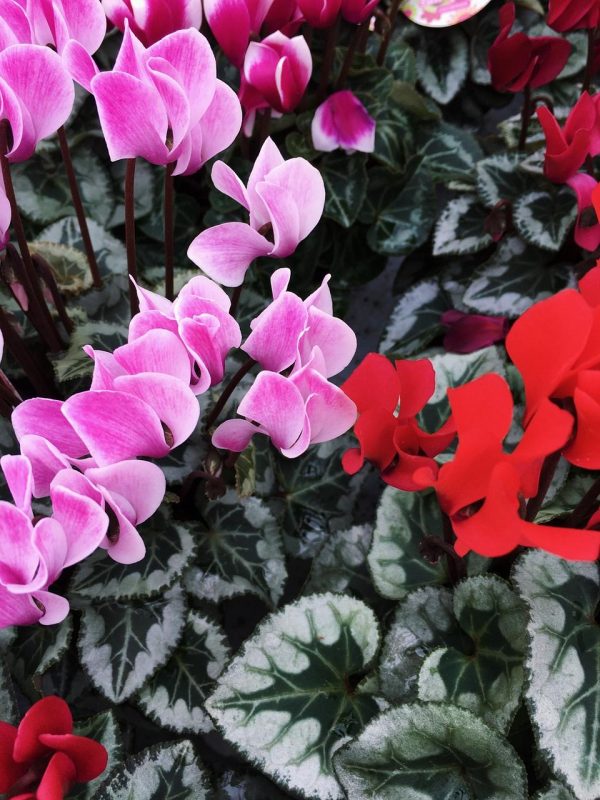
Cyclamen are beautiful perennials that can be planted in July for autumn blooms. These flowers thrive in shaded areas and tolerate cooler temperatures well. While they may take longer to establish (about 80-90 days), their enchanting blooms make the wait worthwhile.
Hollyhocks

Hollyhocks can be seeded directly into the garden in July for a delightful effect. They are biennials that flower in their second year but can be grown for a stunning display of blooms. They can tolerate frost and thrive in well-drained soil and full sun. Choose varieties such as ‘Black Knight’ or ‘Chater’s Double.’
Sweet Alyssum

Sweet Alyssum is a charming low-growing annual that can be seeded in July. Known for its sweet fragrance, it attracts beneficial insects. Alyssum has a quick germination period of about 7-14 days and blooms all summer long. It tolerates cooler temperatures and can thrive in partial to full sun.
Cosmo

Cosmos flowers can also be sown in early July for late summer and fall blooms. These annuals are hardy, easy to grow, and tolerate variable conditions. They thrive in well-drained soil and full sun, taking about 70-90 days to reach maturity. Varieties like ‘Sensation’ or ‘Sonata’ are ideal for this climate.
Coreopsis
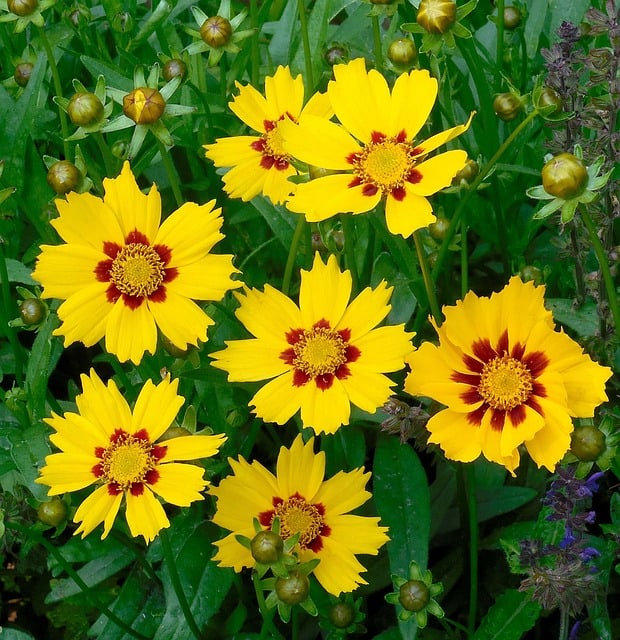
Coreopsis is a native perennial that can be planted in July for beautiful summer and fall flowers. This hardy flower prefers well-drained soil and full sun, tolerating drought conditions once established. It typically blooms about 60-90 days after planting, making it a great addition to your late summer garden.
Herbs To Plant
Herbs not only add flavor to your dishes, but they also provide a fragrant addition to your garden. Here are ten herbs that are perfect for planting in July in Zone 3.
Basil
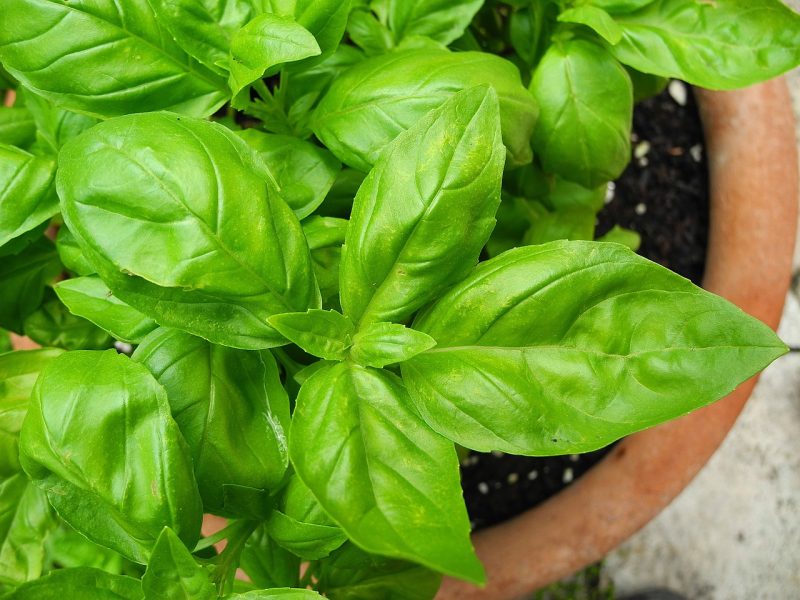
Basil is a warm-season herb that thrives in summer. While July is late for starting basil from seed outdoors, you can still plant seedlings for a late summer harvest. Basils generally prefer full sunlight and well-drained soil, maturing in about 60 days. However, they are frost-sensitive, so plan to harvest before the first frost arrives.
Cilantro
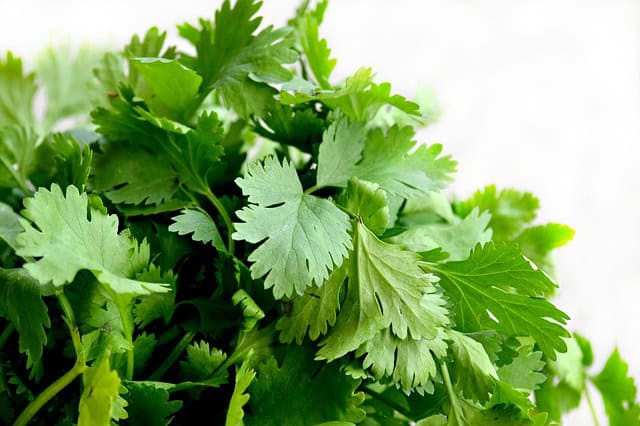
Cilantro, also known as coriander, can be planted in July for a late summer harvest. This herb prefers cooler weather, so a mid-summer planting will allow it to flourish as temperatures begin to drop. It grows quickly, typically maturing in about 30-50 days, and can withstand light frosts.
Dill
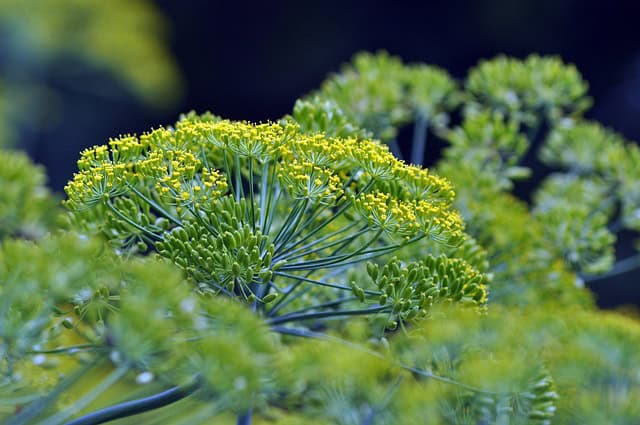
Dill is an herb well-suited for planting in July. This hardy plant takes about 40-60 days to mature and can attract beneficial insects to your garden. Dill seeds can be sown directly into the ground and do well in full sun and well-drained soil.
Chives

Chives are perennial herbs that can easily be planted in July. They thrive in a variety of conditions and can withstand cooler temperatures. Chives typically mature in about 30 days and are known for their onion-like flavor and pretty purple blooms, making them both functional and decorative.
Parsley
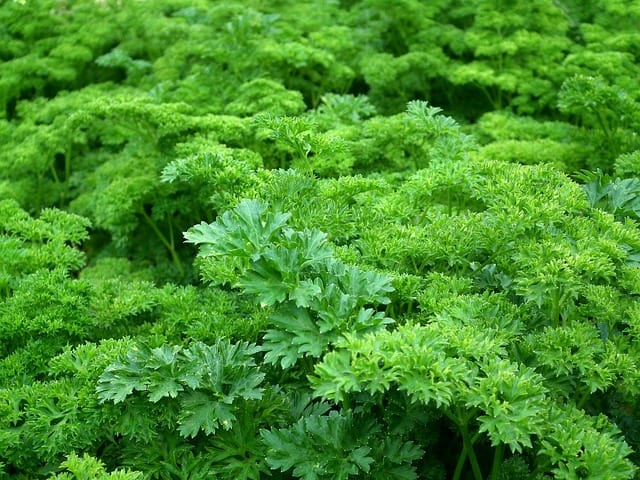
Parsley is a biennial herb that can be seeded in July for a late summer harvest. It prefers full sun but can tolerate partial shade as well. Parsley usually takes about 70-90 days to mature, so it’s best to choose quick-growing varieties like ‘Giant of Italy’ or ‘Flat Leaf’ for best results in Zone 3.
Oregano
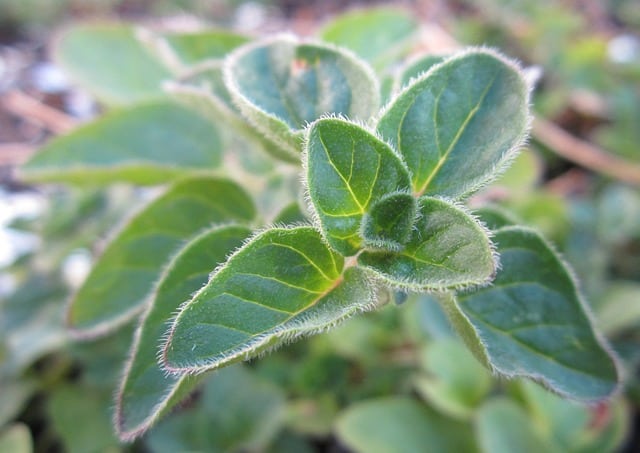
Oregano is a perennial herb that can be planted in July as it establishes well in cooler temperatures. This hardy herb takes around 90-120 days to reach full maturity and flourishes in full sun and well-drained soil. Consider varieties like ‘Greek’ or ‘Italian’ for their robust flavor profiles.
Thyme
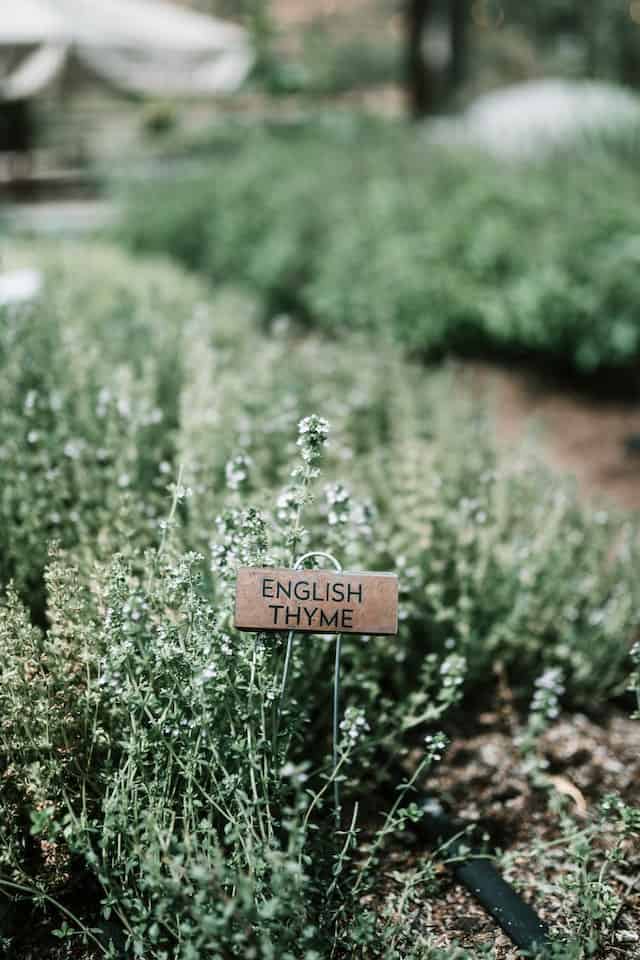
Thyme is another resilient herb that can be planted in July. It’s a perennial and thrives in well-drained soil, preferring full sun. Thyme requires about 60-90 days to mature and is incredibly hardy against frost, making it a suitable candidate for late summer planting.
Sage

Sage is a robust perennial herb that can easily be planted in July. It prefers well-drained soil and full sun and takes about 75-90 days to mature. As a drought-tolerant herb, sage can adapt well to different soil conditions, but it’s best harvested before freezing temperatures arrive.
Fennel
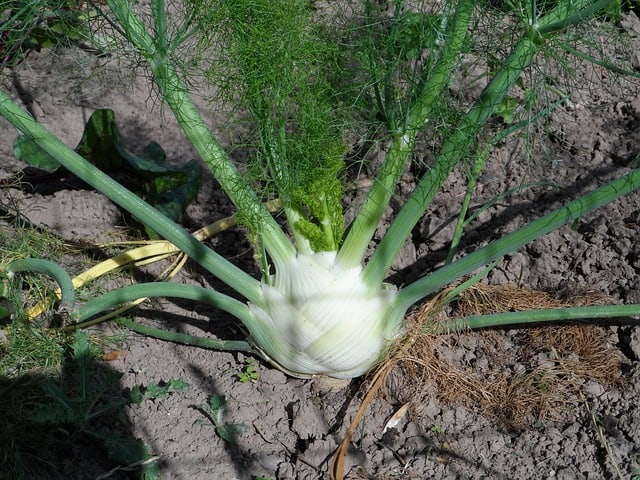
Fennel is a unique herb that can also be planted in July. It requires warmth to germinate but thrives in cooler weather once established. Usually taking around 90-100 days to mature, fennel prefers full sun and well-drained soil. You can choose bronze or green varieties depending on your culinary needs.
Mint
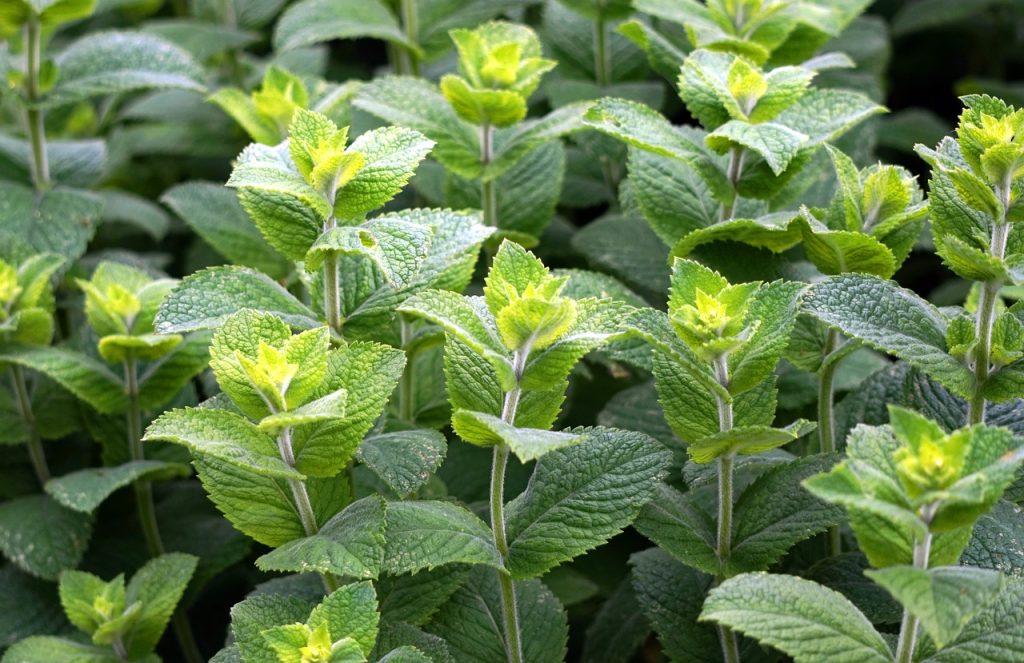
Mint is a highly adaptable herb that can be planted in July. Though a spreader and best planted in containers to control its growth, mint thrives in cooler temperatures and requires only moderate watering. This herb takes about 90-120 days to mature, and varieties like spearmint or peppermint can be harvested throughout the summer months.
Landscape Plants To Plant
If you’re enhancing the aesthetics of your yard, July offers a perfect opportunity for planting landscape plants. Here are ten options suitable for planting in July in Zone 3.
Daylilies
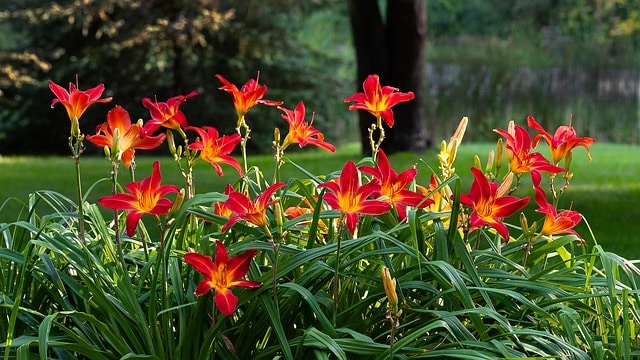
Daylilies are hardy perennials that can still be planted in July, offering vibrant blooms in a variety of colors. They adapt well to different soil types and can thrive in partial to full sun. With a growth rate of about 30-50 days for initial blooms, daylilies offer a long-lasting presence in your garden.
Astilbe

Astilbe is a beautiful perennial that adds texture and color to shaded areas in gardens. This hardy plant can be planted in July and prefers moist soil. Astilbe can take roughly 60-90 days to bloom, making it an excellent choice for late summer and early autumn gardens.
Coneflower
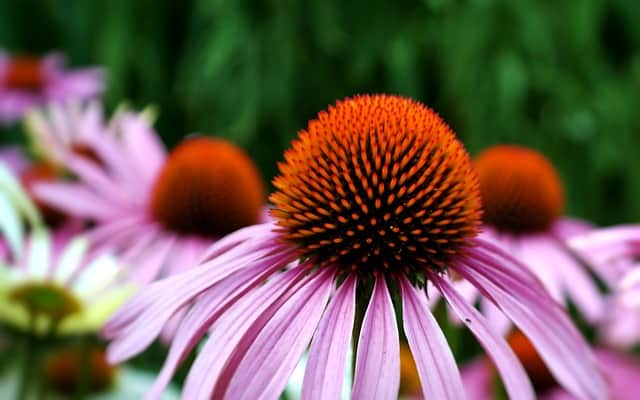
Coneflowers, or Echinacea, are drought-tolerant perennials ideal for planting in July. They require full sun and well-drained soil and can take about 70-90 days to flower. These flowers attract butterflies and provide a lovely addition to any landscape.
Peonies

Although typically planted in the fall, peonies can also be hydra-boosted and planted in July if you are transplanting established roots. Peonies prefer well-drained, rich soil and will thrive in full sun or partial shade. They take one to two years to establish and bloom beautifully once settled in.
Hostas
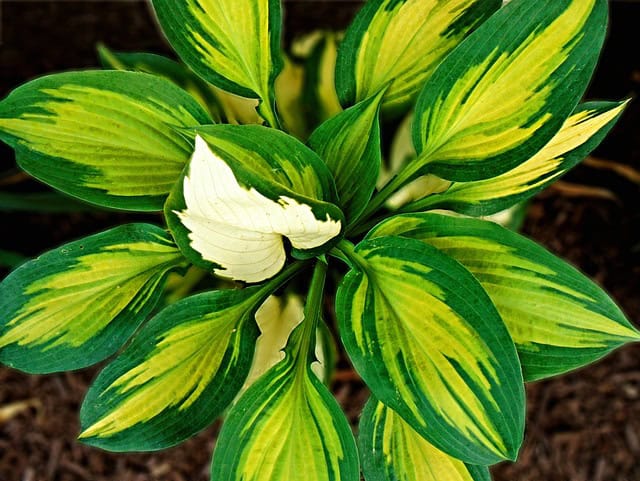
Hostas are shade-loving plants that can certainly find a home in your landscape come July. These stunning perennials vary in size, shape, and color. Planting them in mid-summer allows sufficient time for their roots to establish before the weather cools down. A variety like ‘Blue Angel’ or ‘Francee’ offers lush foliage for shaded areas.
Ornamental Grasses
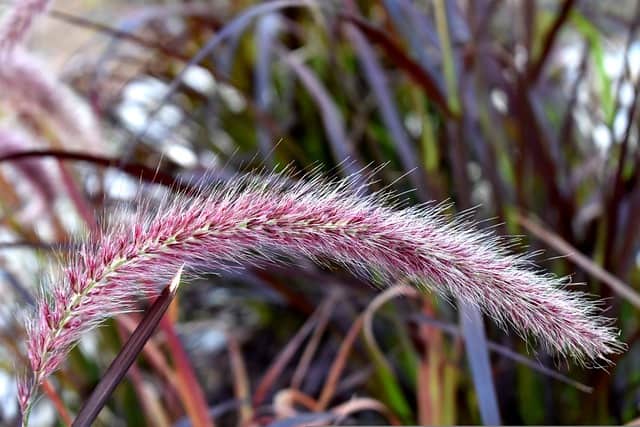
Ornamental grasses can be planted in July to enhance your landscape’s texture and movement. Varieties like ‘Pennisetum’ or ‘Calamagrostis’ are hardy and tolerant to cooler temperatures once rooted. These grasses typically take 60-90 days to establish but will provide a striking aesthetic for years to come.
Sedum

Sedum, or stonecrop, is a drought-tolerant perennial that can easily be planted in July. It thrives in well-drained soil and can endure extreme conditions. Depending on the variety, sedum typically takes around 30-90 days to mature and offers beautiful fall color.
Japanese Anemone
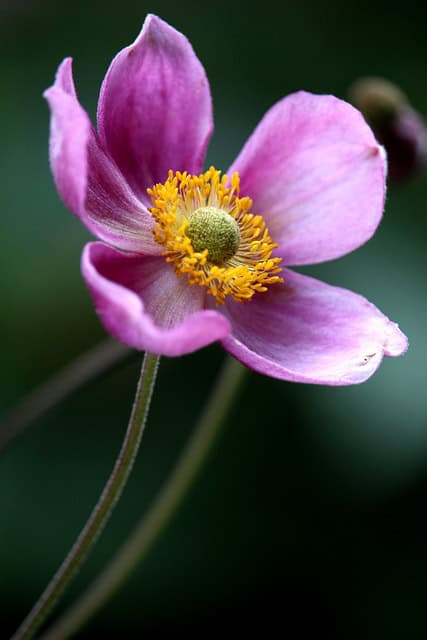
Japanese anemones are lovely perennials that can be planted in July, providing autumn blooms. They thrive in partial shade and well-drained soil, taking around 90-120 days to establish. The elegant white and pink blooms add a sophisticated touch to any landscape.
Black-Eyed Susan
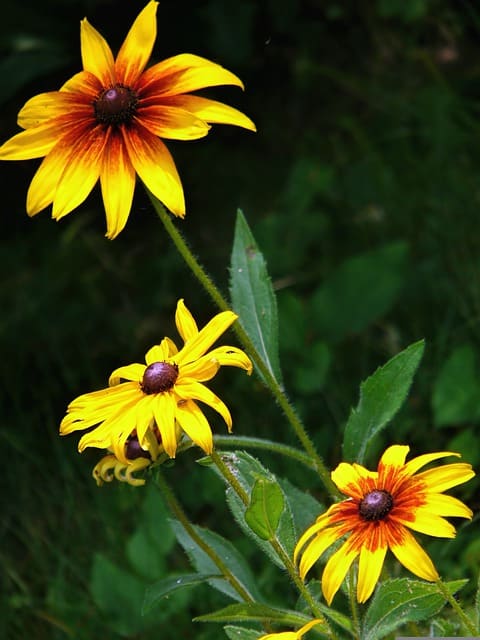
Black-eyed Susans are hardy perennials that work well in Zone 3 gardens. Planting them in July allows for blooms later in the summer and early fall. Tolerant to drought and barren soils, these cheerful flowers take about 60-90 days to bloom and are also excellent for attracting pollinators.
Iris
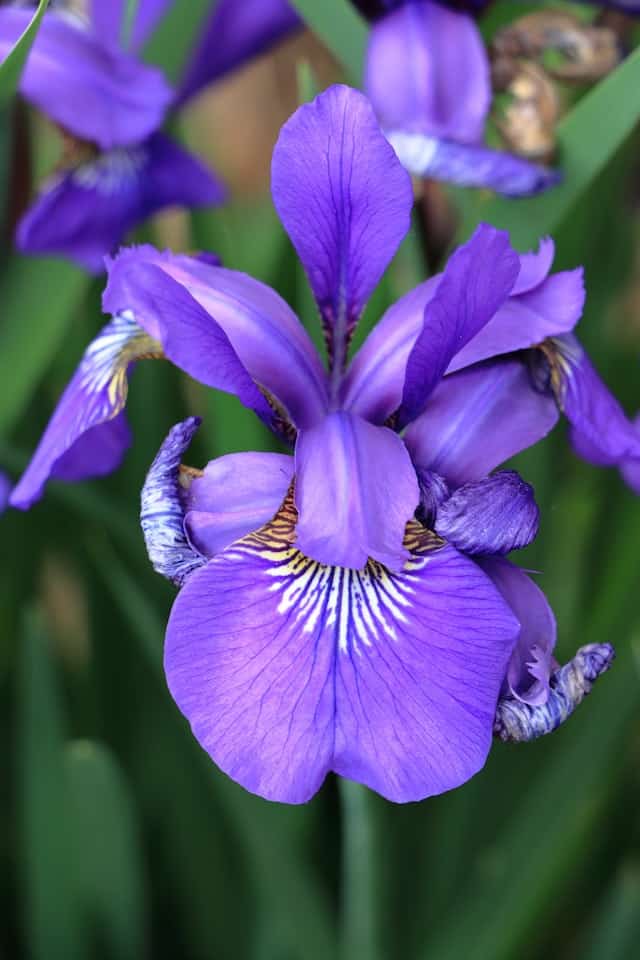
Irises can be planted in July, particularly in areas where the climate will accommodate their growth. These perennials prefer full sun and well-drained soil, typically taking about 60-90 days to bloom. Their stunning flowers and variety of colors can greatly enhance any landscape design.


